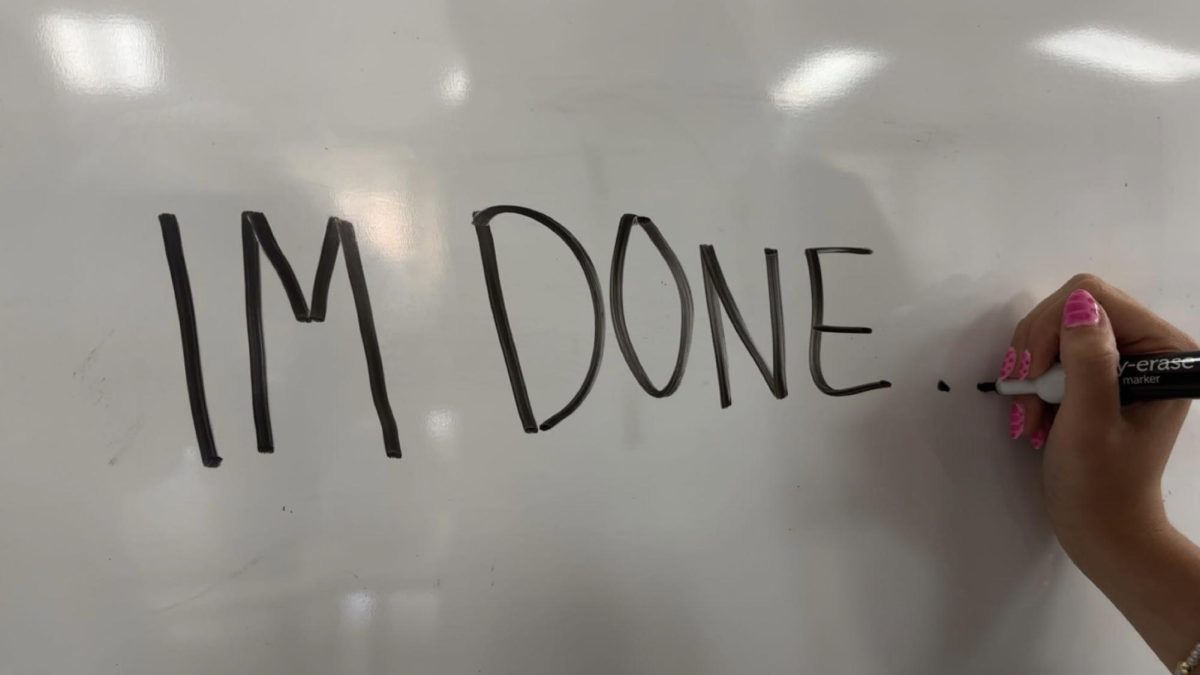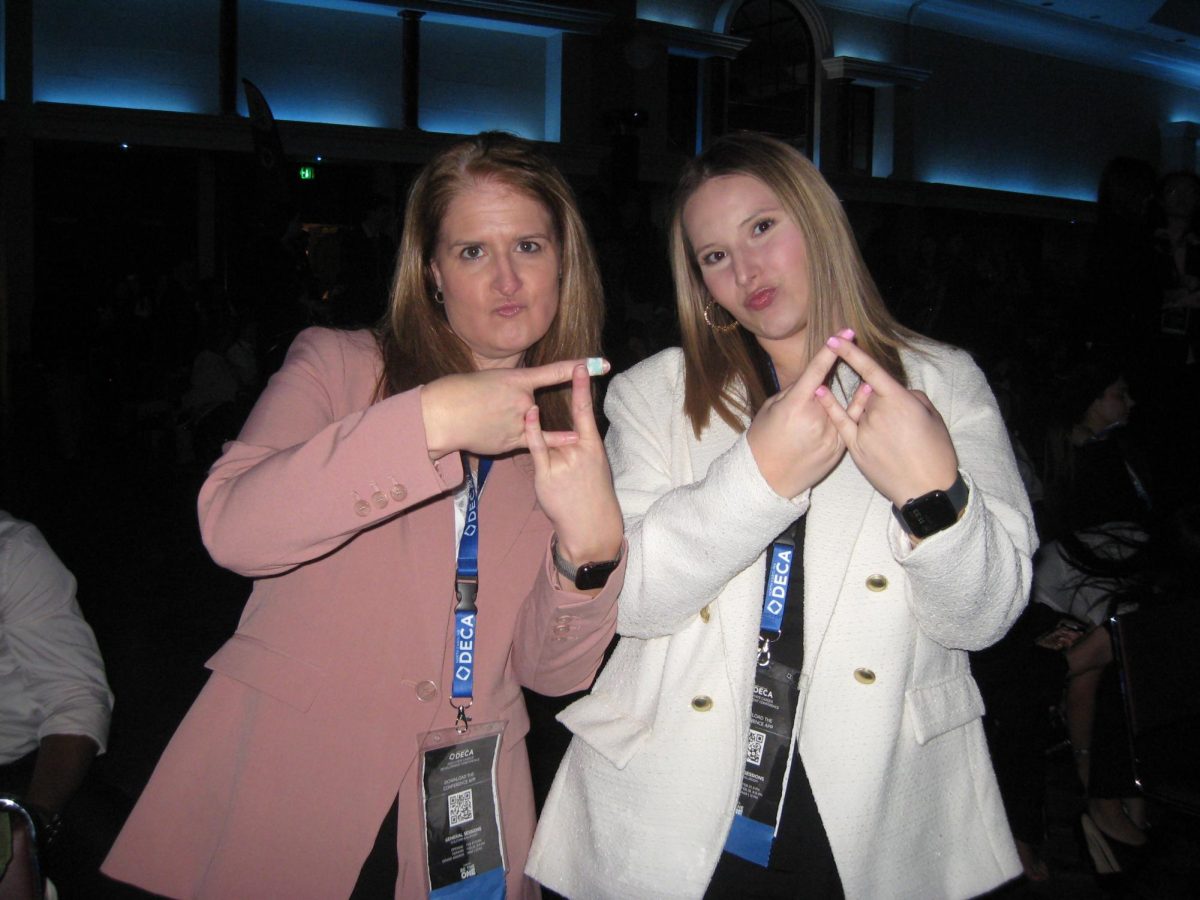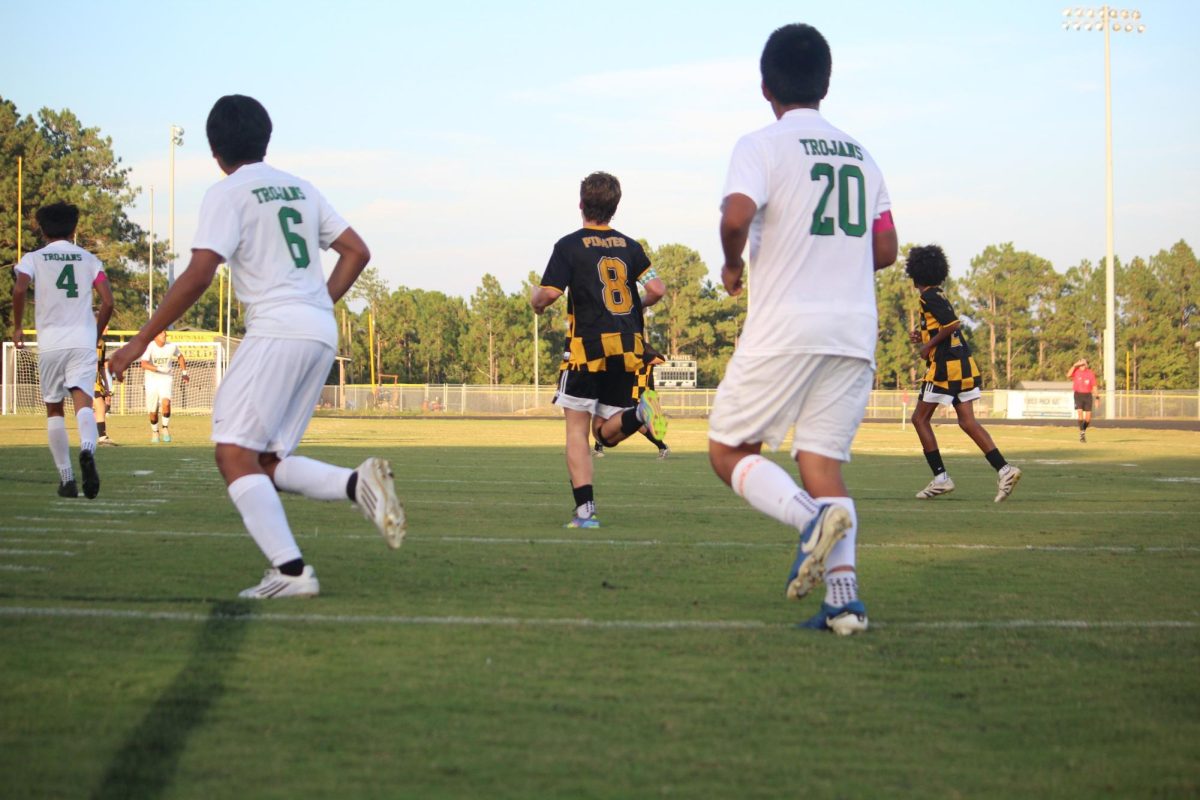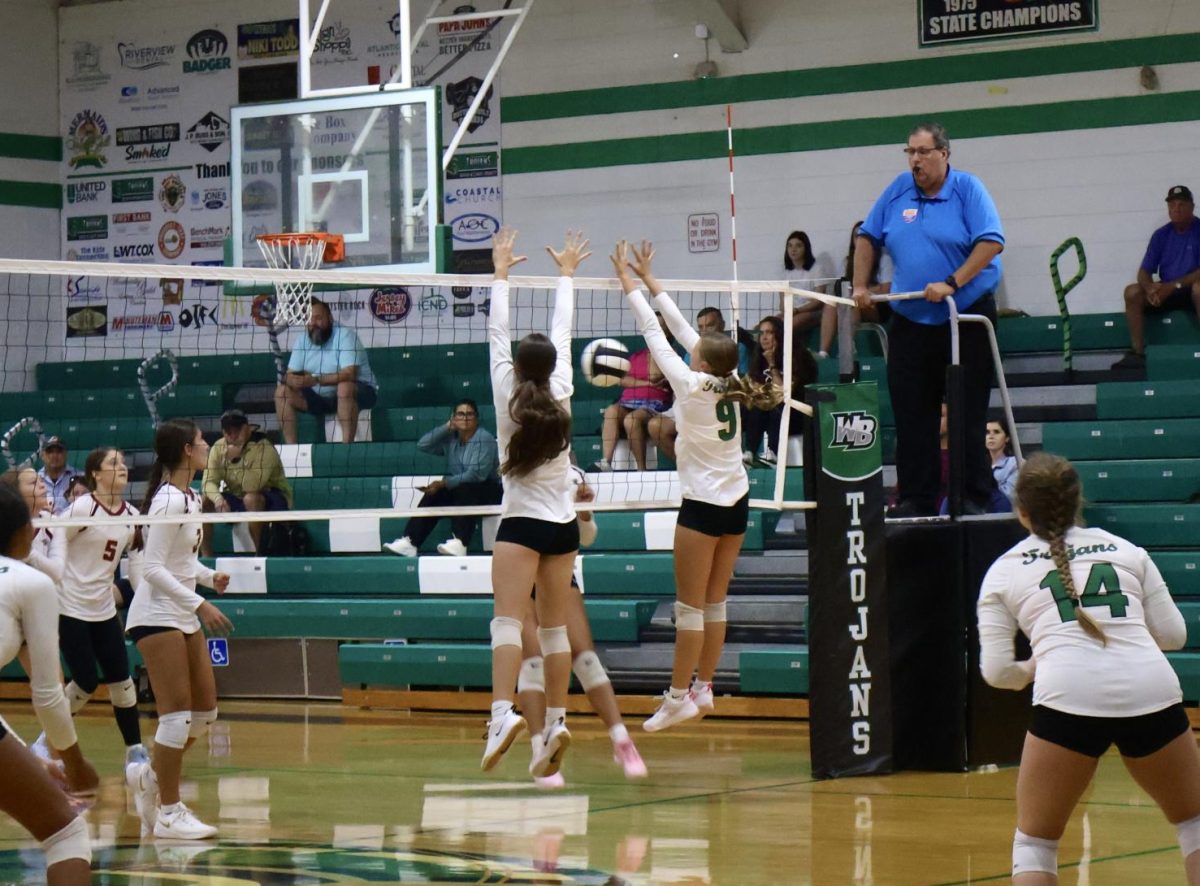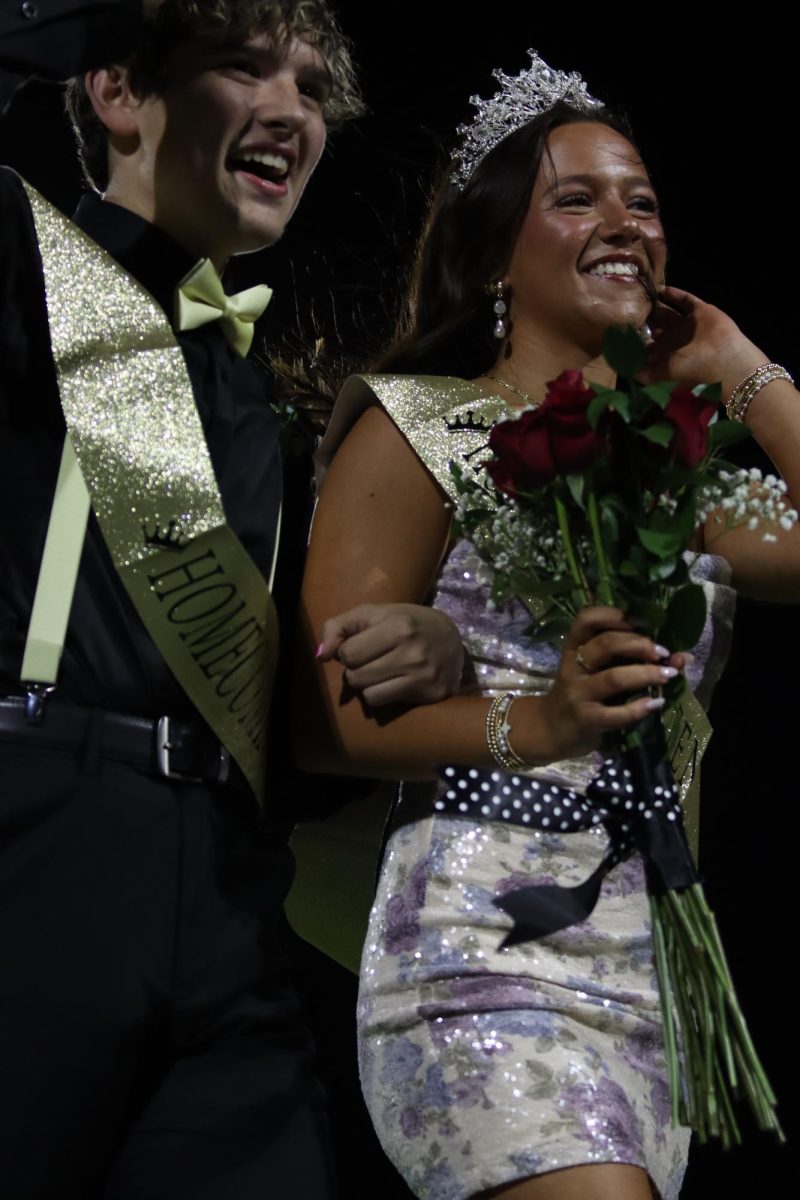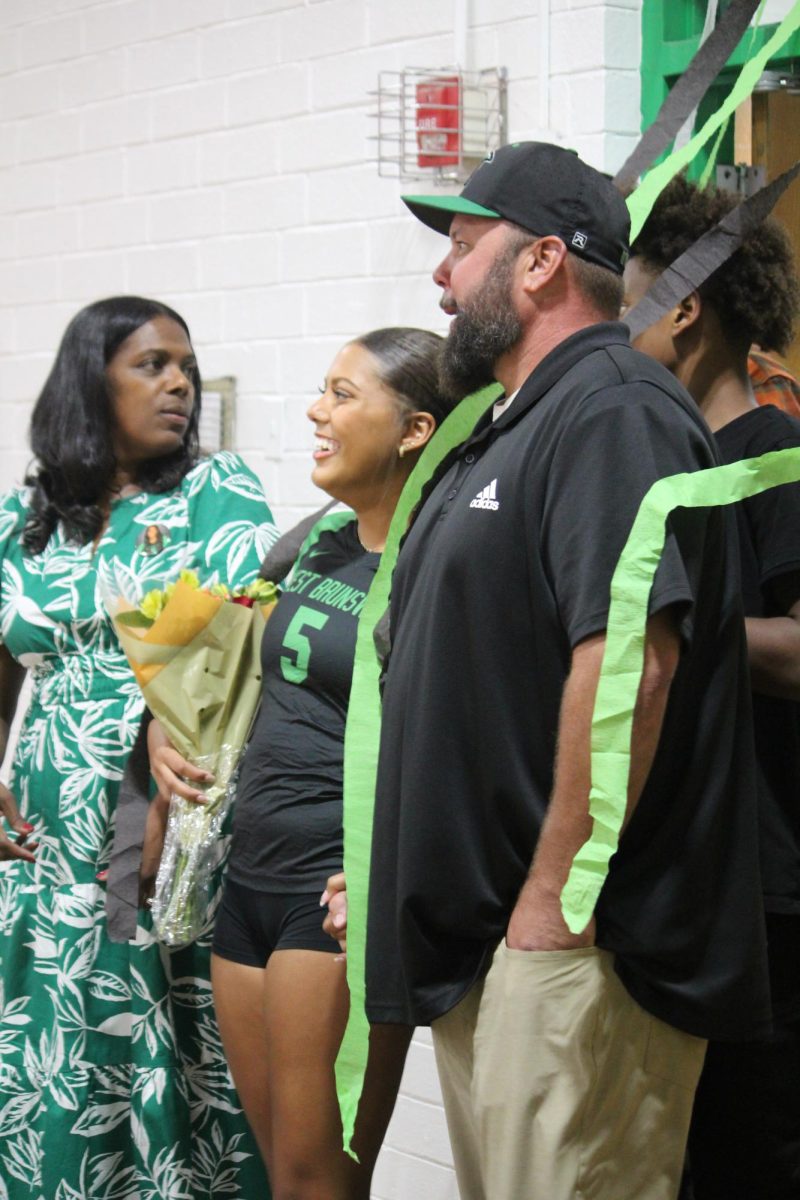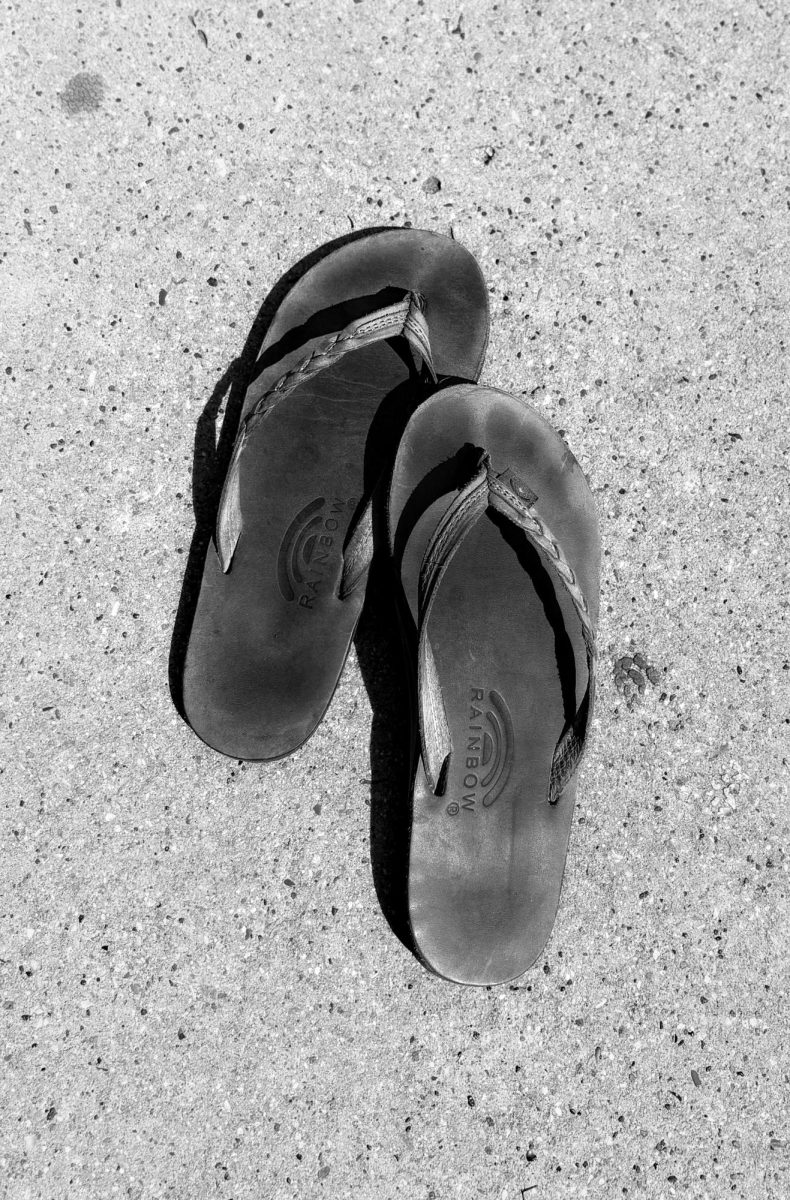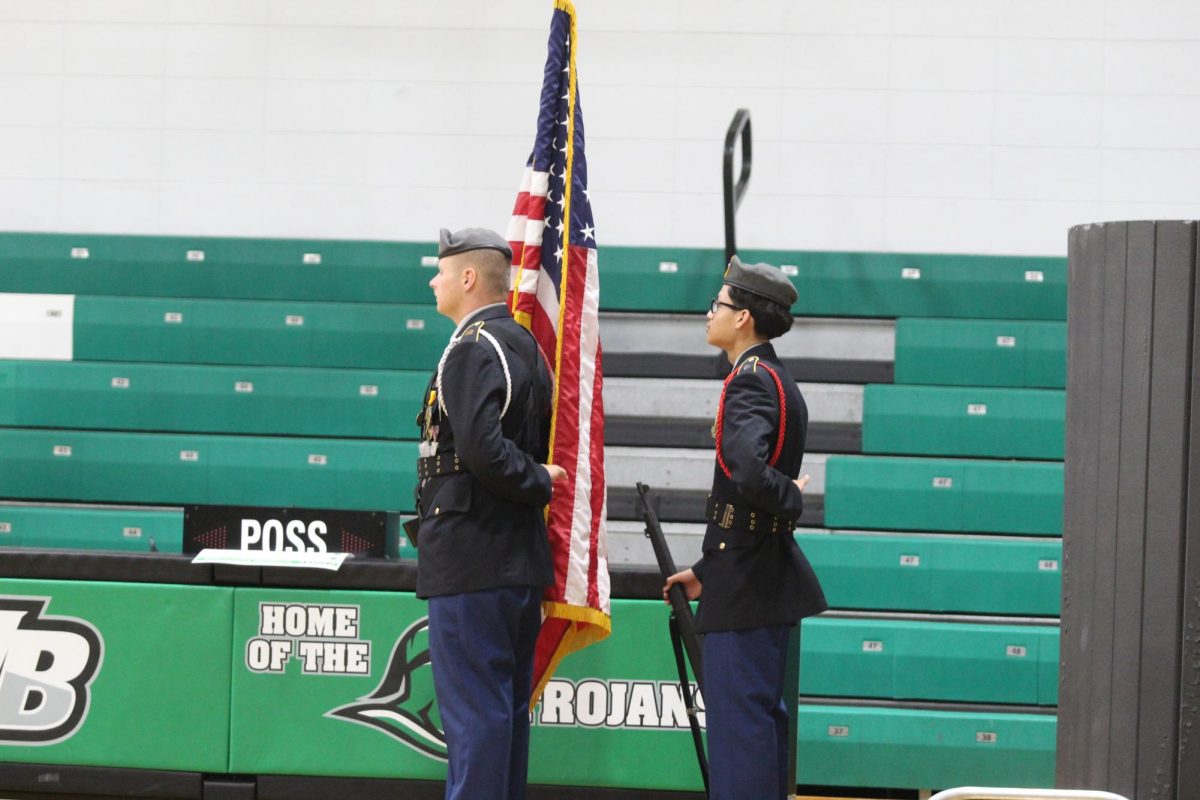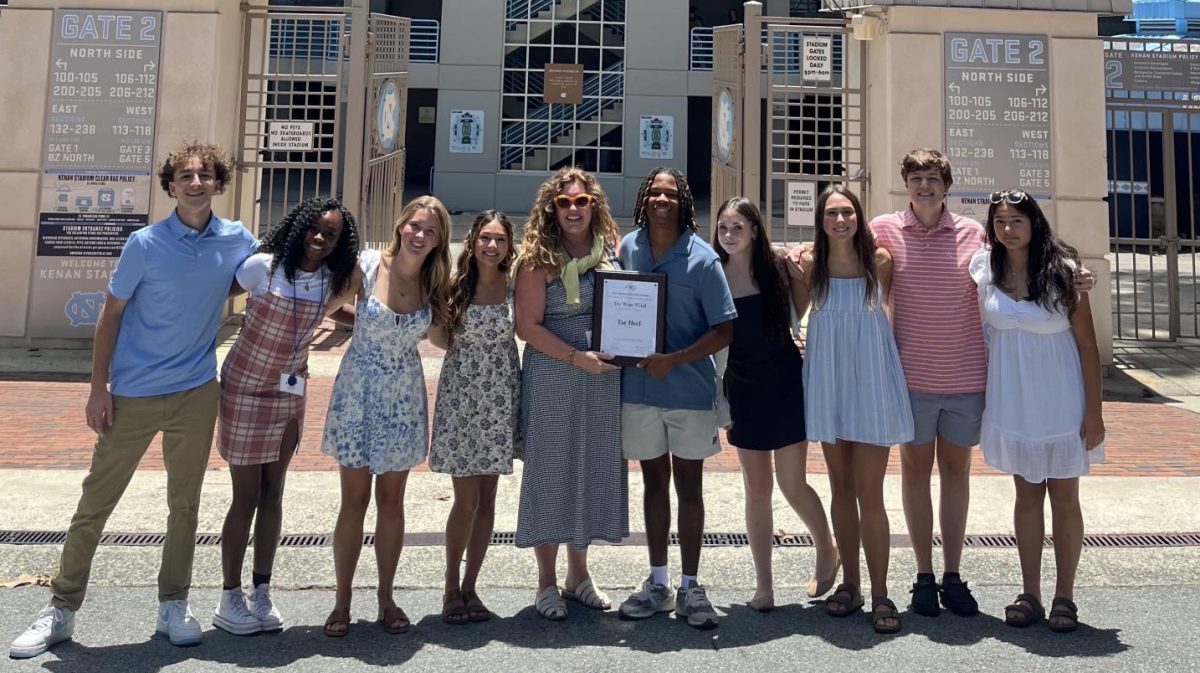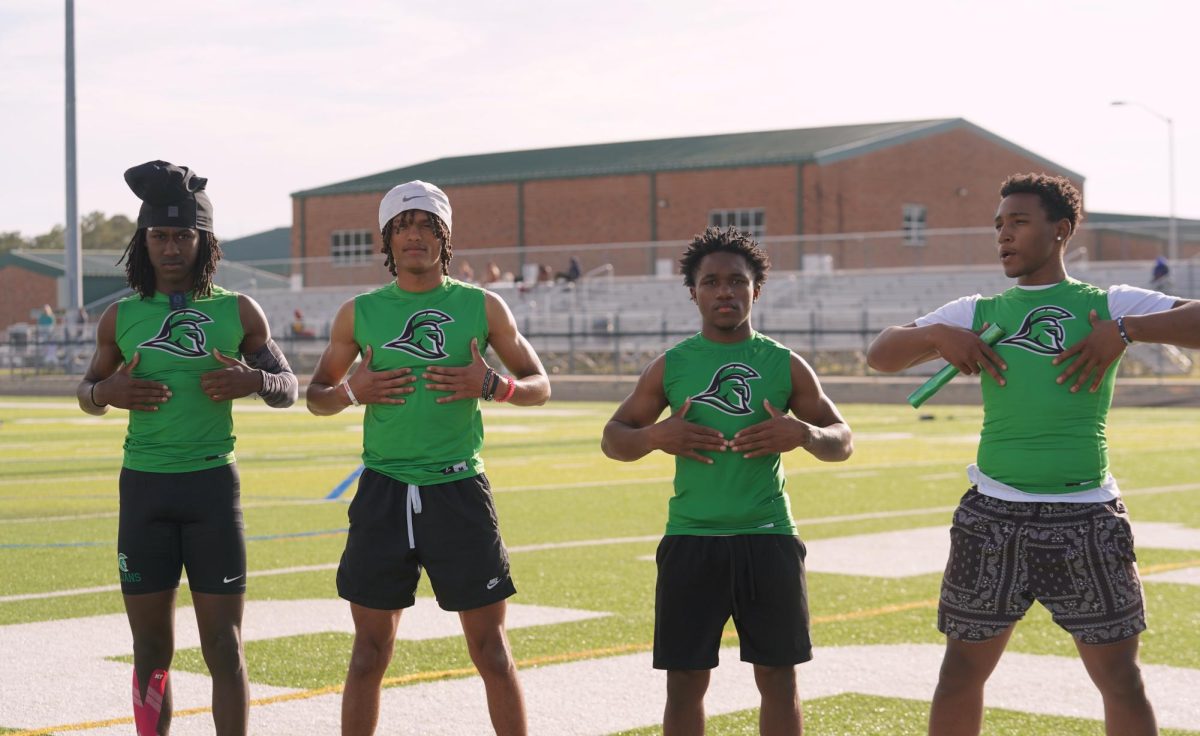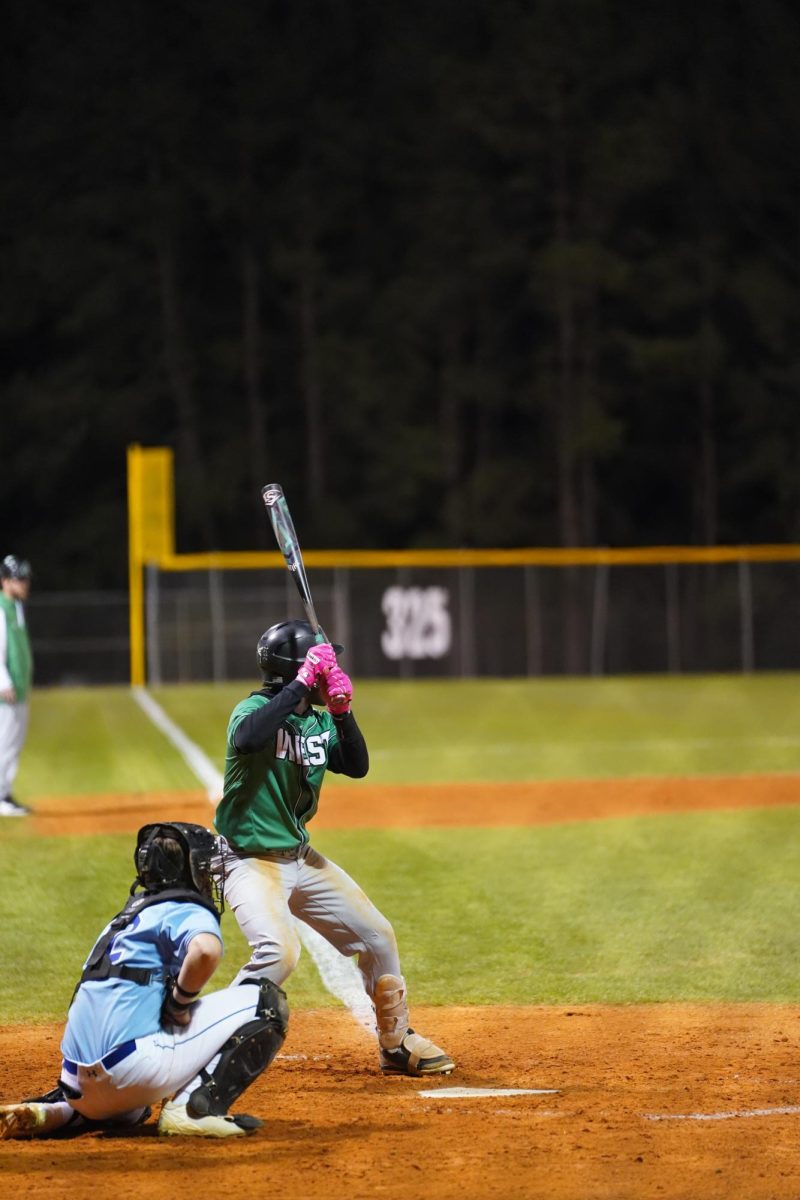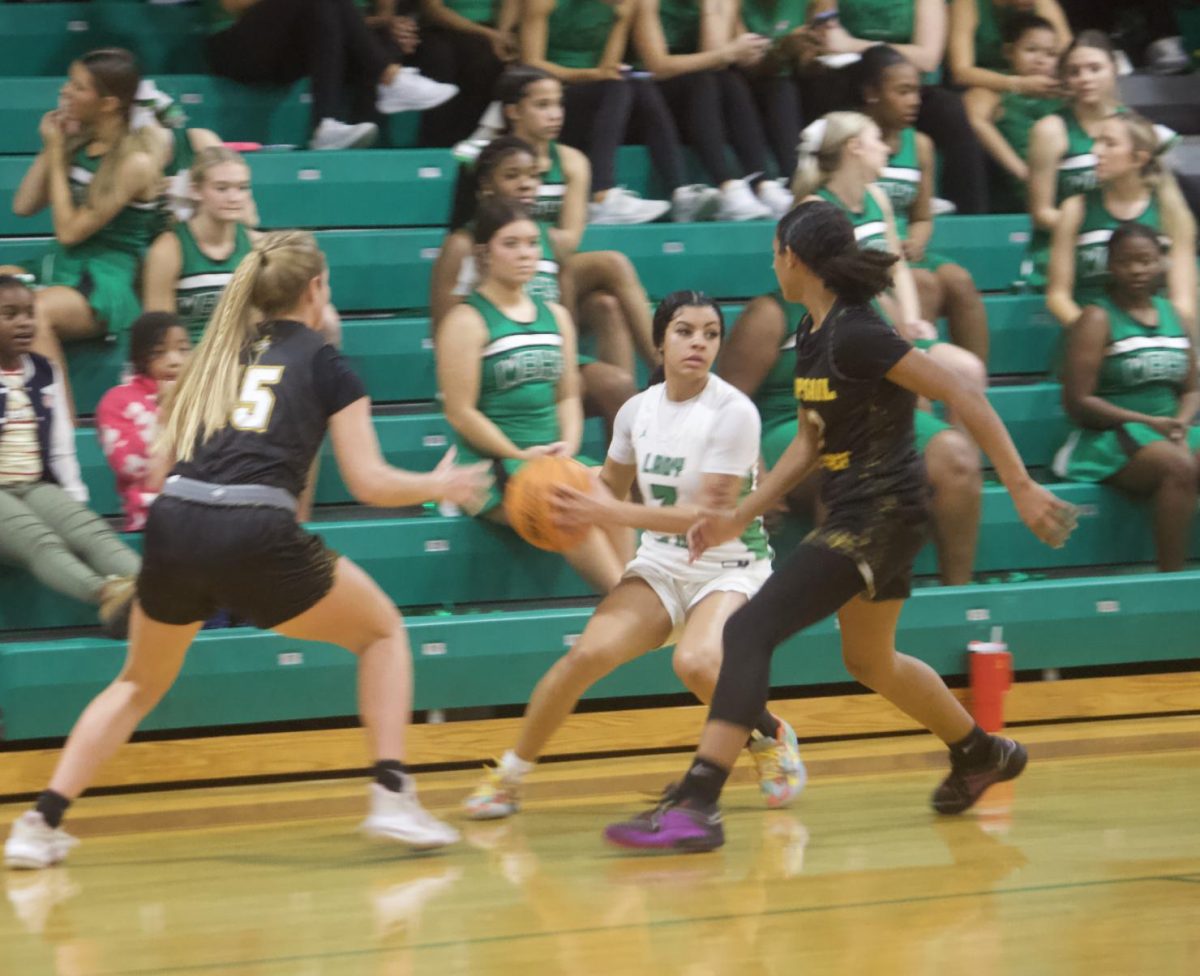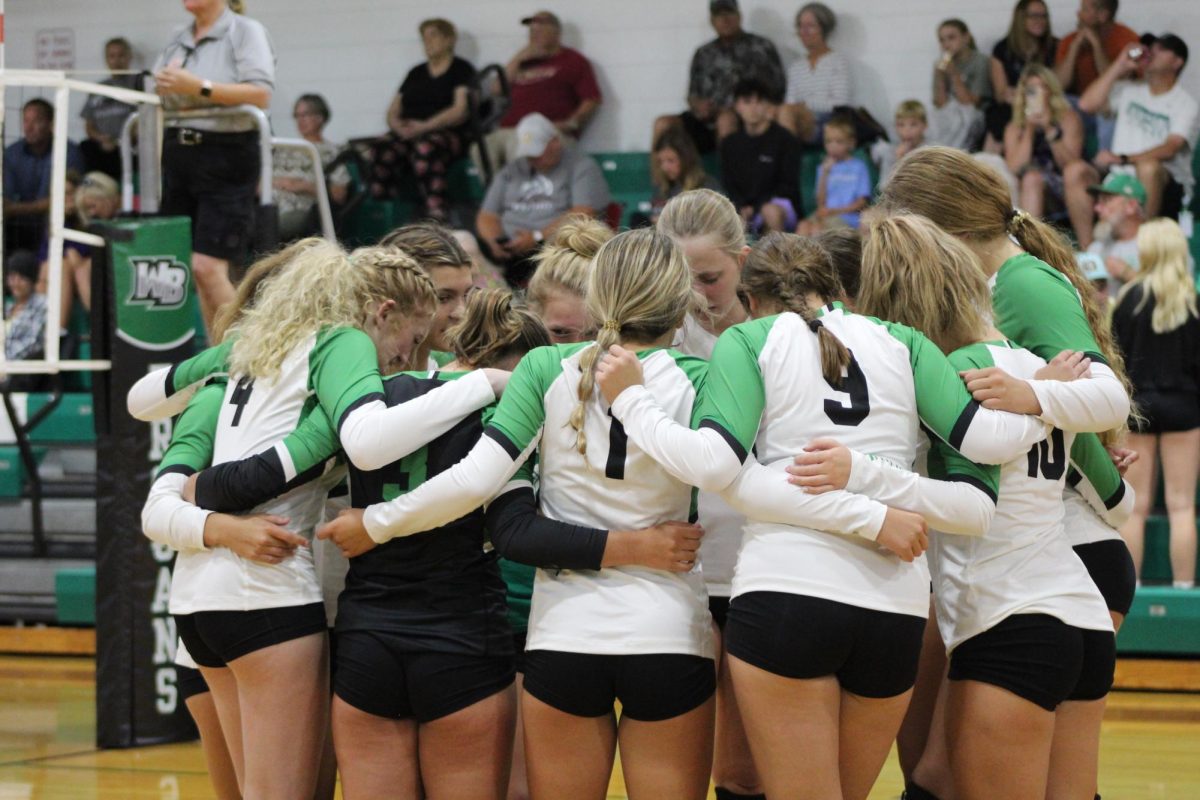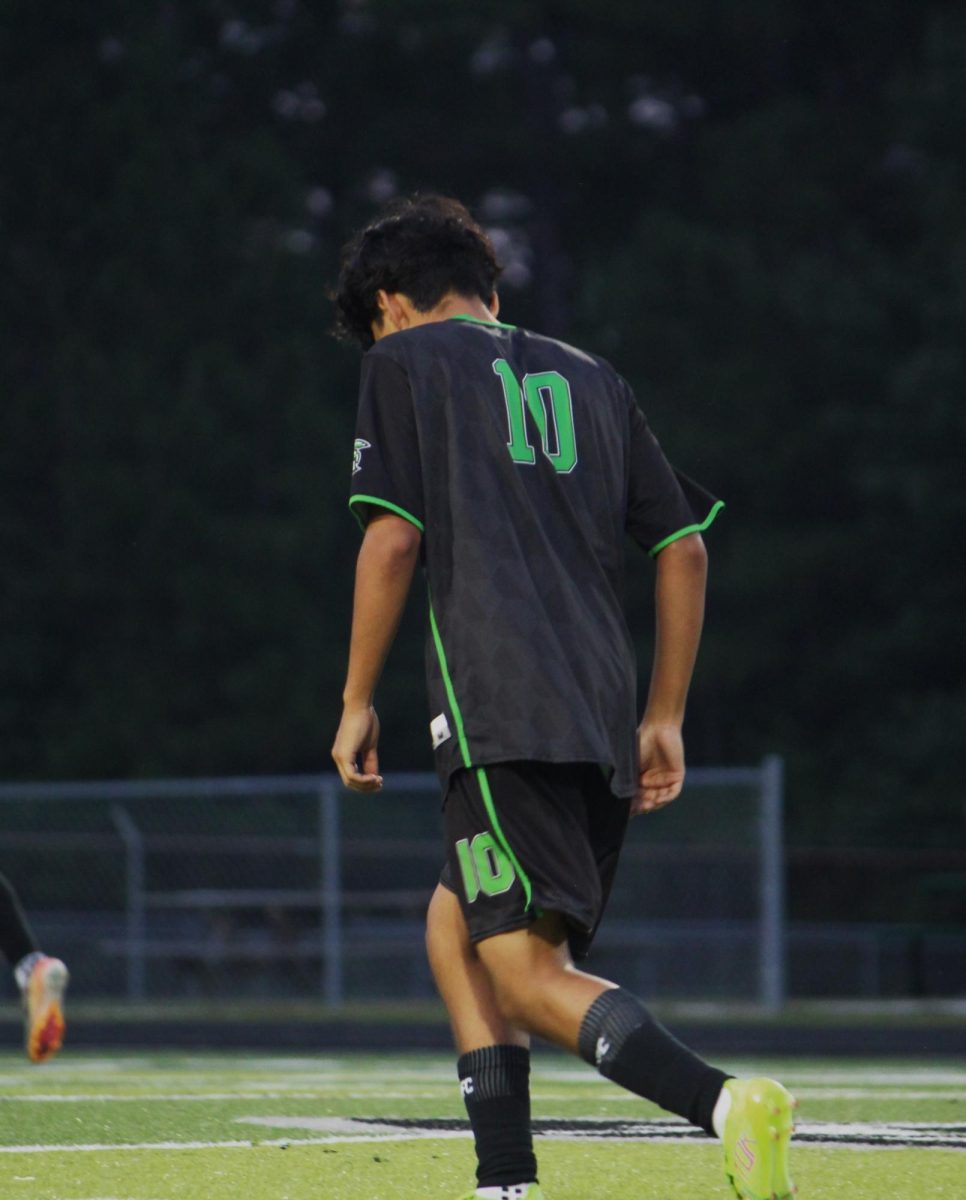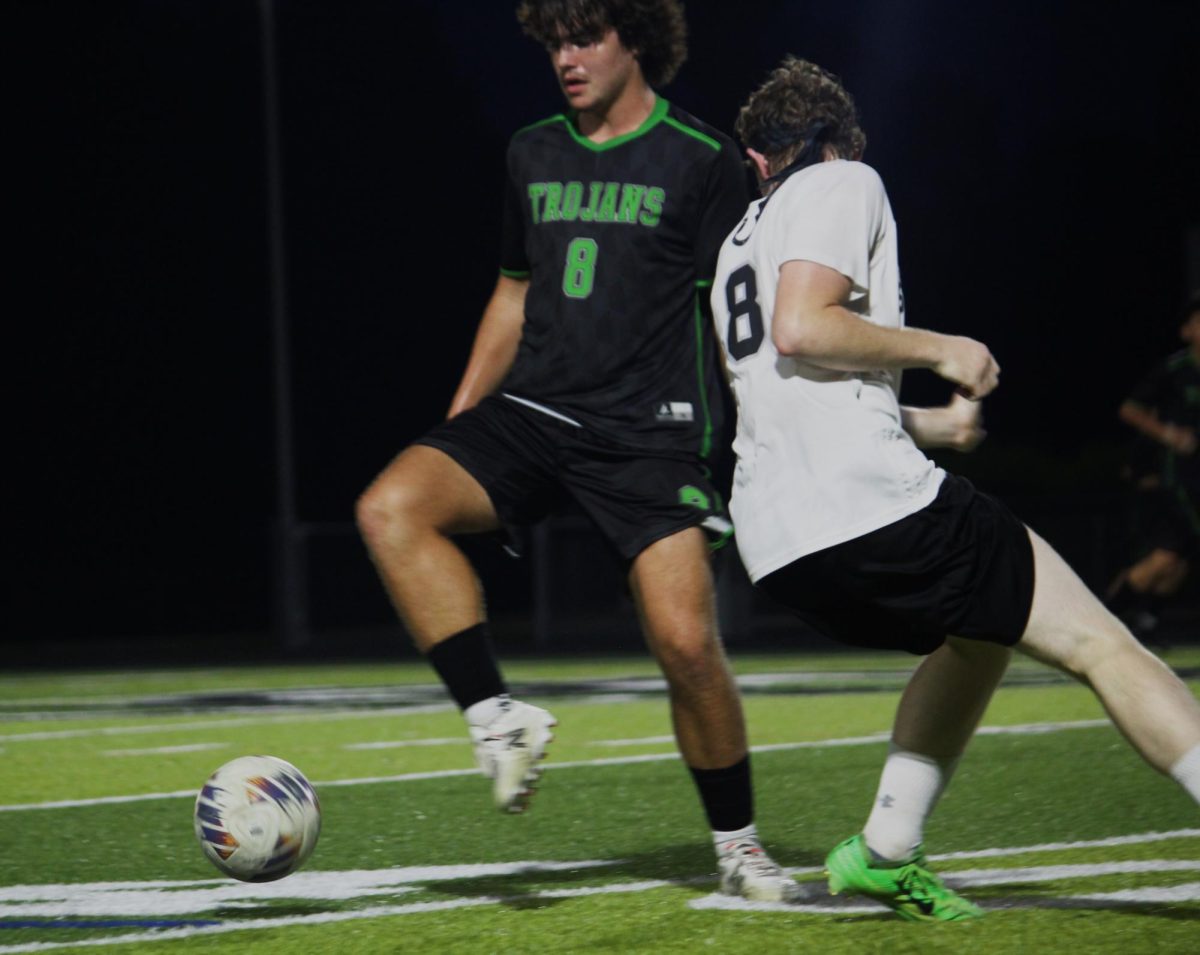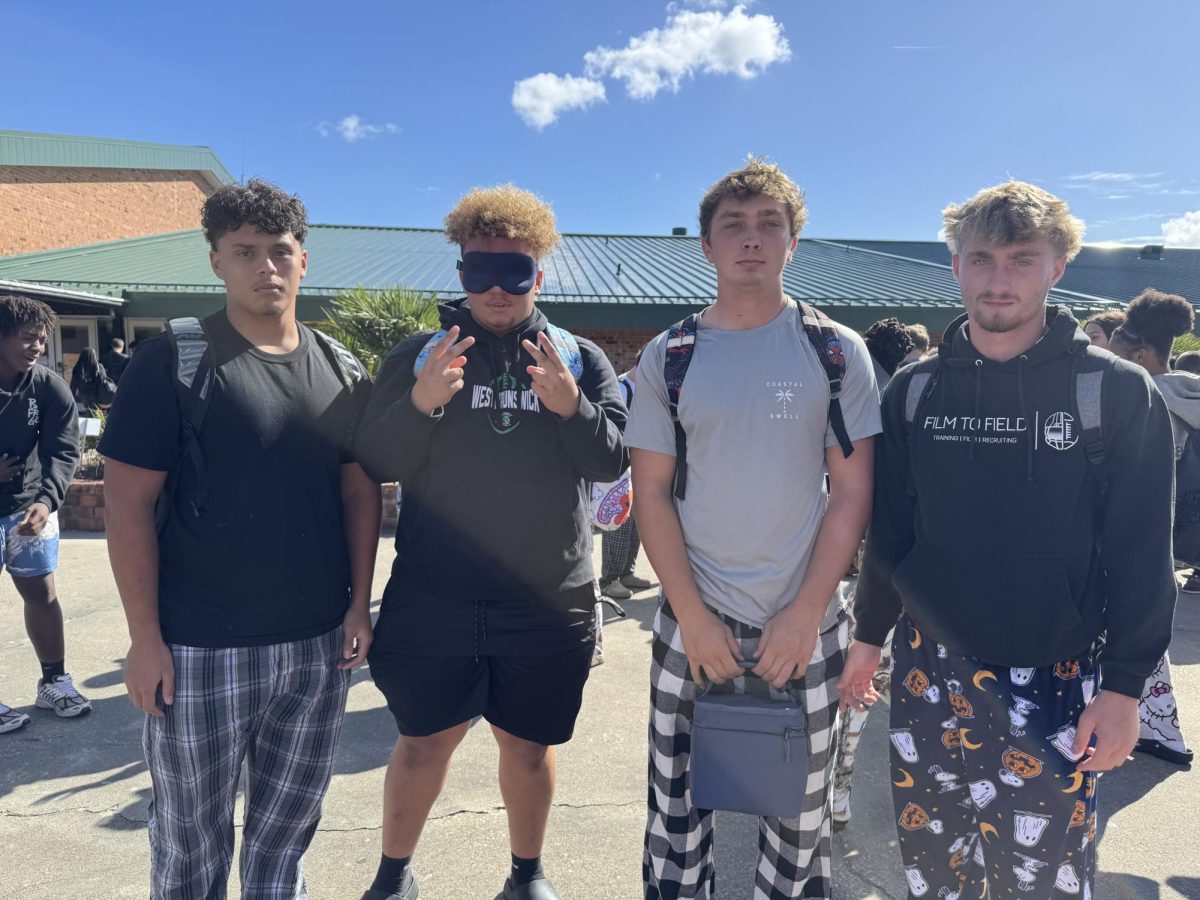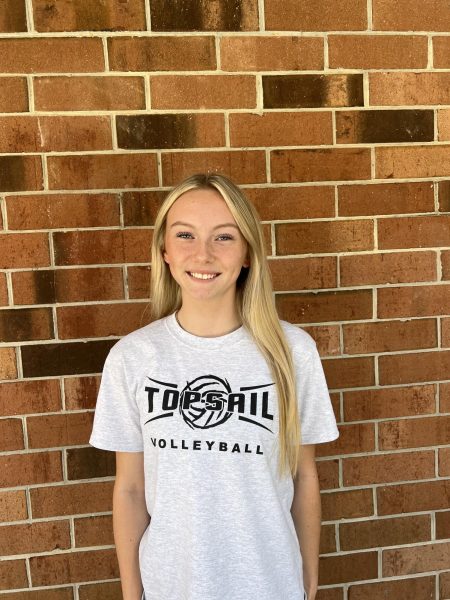High school sports are a big deal, and when smaller 1A-2A schools compete against larger 3A-4A schools, the stakes can feel even higher. Competing against bigger schools can add extra pressure and stress to the team when the size of the school doesn’t affect how well you can play.
“I’ve learned that over my years of wrestling competing against schools who have better programs and more coaching can make a slight difference,” said Austin Hill. “But I dont let it bother me because we both can preform in similar ways.”
The first thing to note is the sheer difference in size. Larger schools have a bigger pool of athletes to choose from, which can lead to more competitive teams. These bigger schools might also have better training programs that help their athletes improve their skills faster. This can put smaller schools, which might not have these opportunities for their athletes, at a disadvantage and add pressure on their athletes to perform at a higher level than what they might have prepared for in practice.
“When I compete against bigger schools or people who have had more training than me, I like to watch how they do everything,” said senior Riley Davis. “It’s a great learning experience for any sport.”
Some athletes may use the opportunity of playing at a bigger school to learn how they perform. Senior Riley Davis off of the swim team has been swimming since she was 4, taking part in high school teams and her rec team. Davis said that competing against better teams in rec is a lot different than what regular high school meets are like. She talked about how, when she is at swim meets with various schools or other teams, she likes watching and learning how the girls from different places compete. Davis says that it’s a great learning experience and likes to try to use what she sees in her next practices. She claims that although competing against girls who have had higher training and more opportunities can be scary, you don’t need to up your game to their level and potentially harm yourself.
“Whenever I’m at a match and I’m going against someone from a different school that has better training, I try not to get in my head before the match,” said senior Austin Hill. “The training helps, but the outcome can be anything.”
The pressure isn’t just on the field or court, either. There’s also the mental aspect. Athletes from smaller schools may feel like they have something to prove, which can add to the stress. They may also feel the weight of their school’s pride on their shoulders, knowing they’re up against a bigger opponent. This can lead to the players committing to a high level during their game or match that they are not used to, which can result in any type of injury or getting frustrated with your other teammates. But this isn’t to say that smaller schools can’t hold their own. These games can offer a unique opportunity for athletes to show off their skills and how well they can perform, and they can often surprise many people. After all, it’s in challenging situations that we often see the most growth.
“I try not to feel pressured because, even though I’ve competed for years, I like using meets as a learning experience,” said Riley Davis.
Remember, the pressure isn’t necessarily a bad thing. It can be a powerful motivator, pushing athletes to train harder and perform better. It’s all about channeling that pressure into positive energy on game day.
Ultimately, it’s not just about the size of the school but also the heart of the athletes. Whether you’re from a small 1A-2A school or a larger 3A-4A school, it’s the passion, dedication, and teamwork that truly make a difference.




